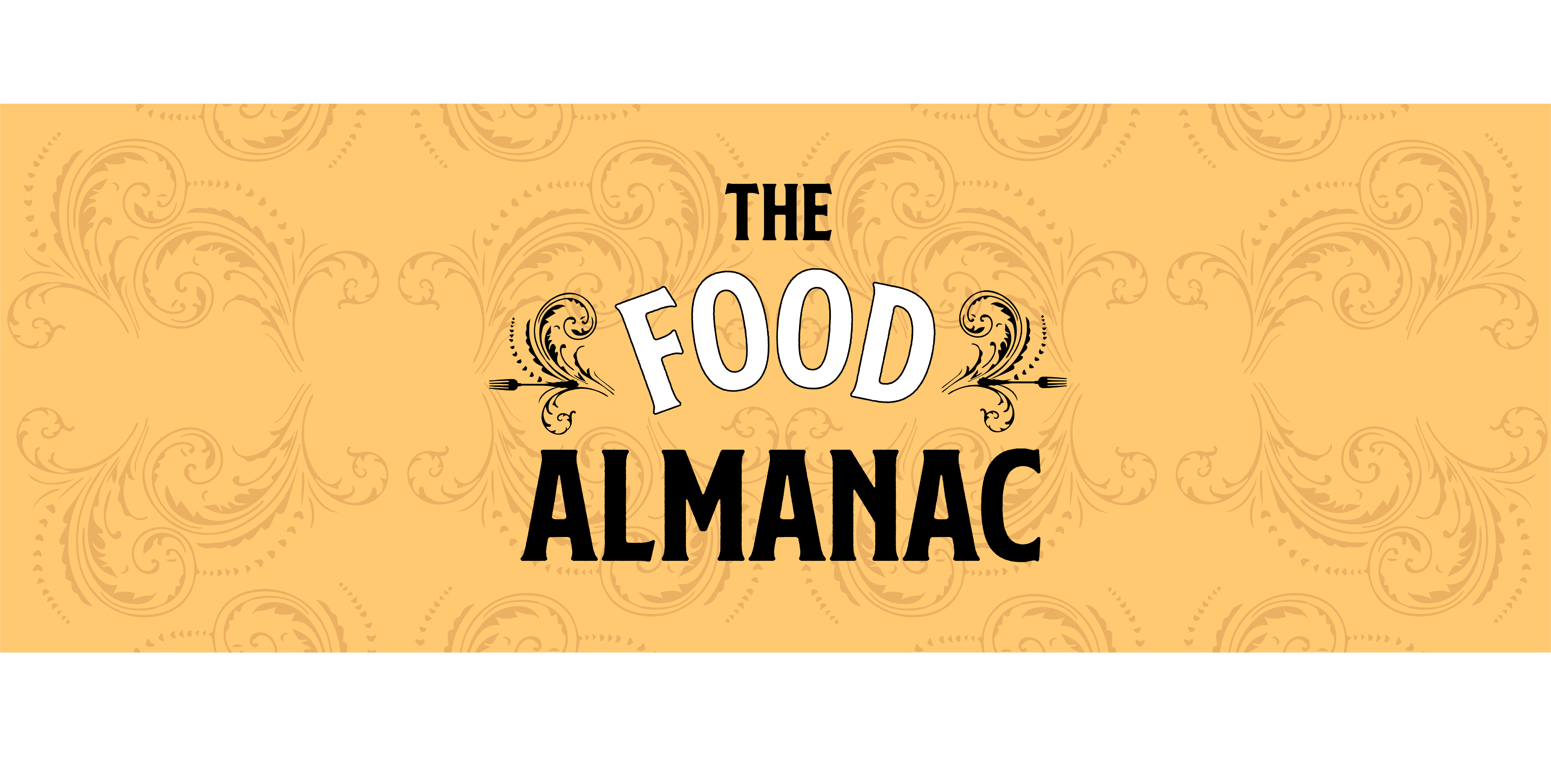This is
International Lasagna Day. The cold weather likely on this date makes a big casserole dish full of meaty, saucy, cheesy, heartwarming lasagna seem perfect. Lasagna is a long time in the oven--what could be better than a winter day for that?Like many dishes, lasagna is named for the container in which it is made. In this case, it's unappetizing. The Greek word from which lasagna descends meant "chamber pot." The first versions were baked in large, deep dishes. The ingredients and their assembly probably evolved from the many layered, baked casseroles (Greek moussaka is the most familiar) that are still found in the Balkans. Lasagna as we know it--with its layers of cheese, meat, and sauce--is probably not much more than a hundred years old.However, recently a story broke in England claiming that the dish originated there. This is not entirely incredible, because layered dishes (shepherd's pie) are also of long standing in the Isles.
Here's the story from the BBC.The current controversy among cooks of lasagna in America is whether the dry noodles (flat, broad sheets, sometimes wavy at the edges) should be layered into the dish cooked or uncooked. Both seem to work, but we have a better idea: the best lasagna is made with fresh (undried) pasta sheets, uncooked.Many sources report that today is also
Blueberry Pancake Day. Fresh blueberries are completely out of season in America. They are, however, growing nicely and ready to fly or float in from Chile. They're not even all that expensive. Still, this doesn't seem like the right day for this. Not even the pancake part. Pancakes are associated with Shrove Tuesday (Mardi Gras to you and me), whose earliest possible date is eight days off.

